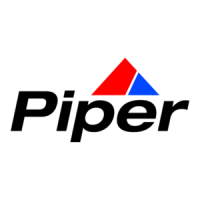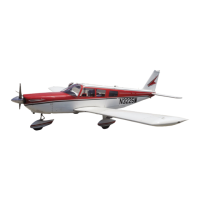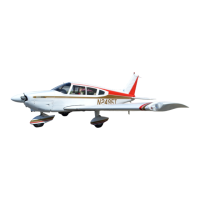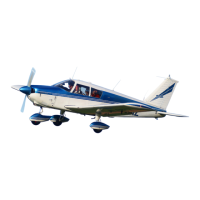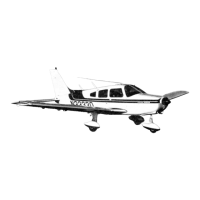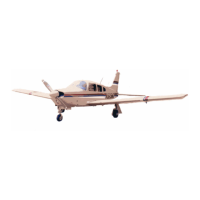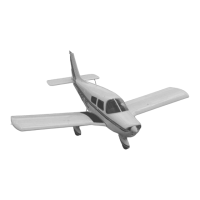19
Carburetor heat should also be checked prior to take-off to be sure that the
control is operating properly and to clear any ice which may have formed during
taxiing. Avoid prolonged ground operation with carburetor heat ON as the air is
unfiltered.
Mixture should be set full rich, except a minimum amount of leaning is
permitted for smooth engine operation when taking off at high elevation.
TAKE-OFF
Just before take-off the following should be checked:
1. Controls
2. Flaps “UP”
3. Tab Set
4. Mixture “RICH”
5. Carburetor heat “OFF”
6. Fuel on proper tank
7. Electric Fuel Pump “ON”
8. Engine Gauges Normal
9. Door Latched
10. Altimeter Set
11. Safety Belts/Shoulder Harness – Fastened
The take-off technique is conventional for the Cherokee. The tab should be set
slightly aft of neutral, with the exact setting determined by the loading of the
aircraft. Allow the airplane to accelerate to 50 to 60 miles per hour, then ease
back on the wheel enough to let the airplane fly itself off the ground.
Premature raising of the nose, or raising it to an excessive angle will result in a
delayed take-off. After take-off let the aircraft accelerate to the desired climb
speed by lowering the nose slightly. To shorten takeoff distance, flaps extended
up to 25° may be used.
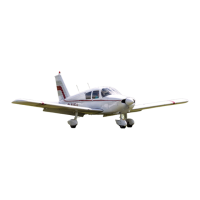
